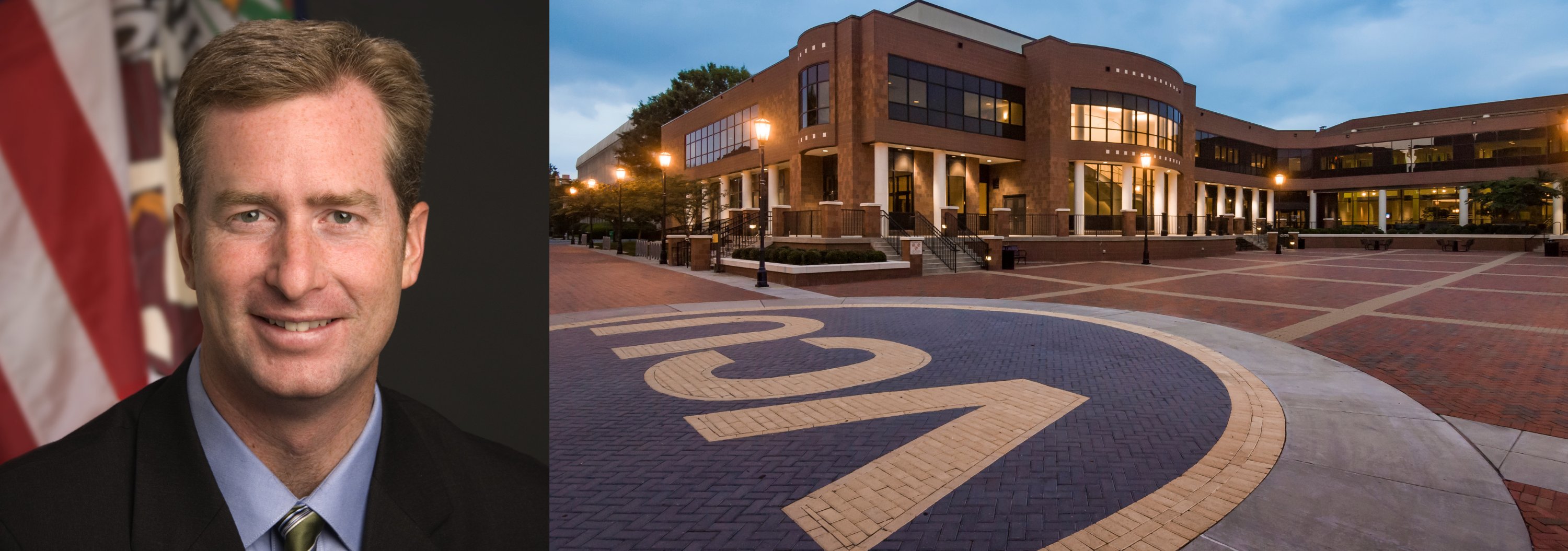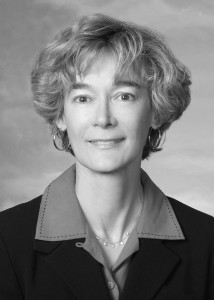Delegate David Bulova and the Virginia Commonwealth University (VCU) Office of Planning and Design were recognized with AIA Virginia Honors in 2020. AIA Virginia Honors may be bestowed on non-member individuals or organizations that have inspired, influenced, or complemented the architecture profession in Virginia through practice of an allied profession, research, education, planning, legislation, architectural writing, the arts, or crafts.
AIA Virginia Honoree, the Honorable David Bulova, is a delegate from Virginia’s 37th House District, representing the City of Fairfax and parts of Fairfax County. Bulova’s achievements in the areas of smart growth, equity, and alternative energy have garnered praise from many quarters, and his reputation as a results-driven legislator is matched by his knowledge of architecture’s practice and regulation. His appreciation for the role architecture and planning play in shaping livable places without compromising environmental health has been made abundantly clear by his legislative achievements in the areas of transportation, education, affordable housing, energy, and the environment. As an acclaimed member of the allied field of environmental planning, and as a respected member of the Virginia House of Delegates for fifteen years, Delegate Bulova has championed legislation that furthers the goals of AIA Virginia’s Strategic Plan and Directory of Public Policies and Position Statements. Those achievements include House Bill 1471 giving Fairfax additional authority to negotiate with developers to provide affordable housing, House Bill 1913, authorizing localities to require sidewalks during development to promote walking, biking, and public transit, and House Bill 1158, requiring the review of a state water supply plan by the State Water Control Board when making permitting decisions. Delegate Bulova’s personal, professional, and legislative endeavors attest to his commitment to equity and sustainability in both the built and natural environments; a commitment that we share as architects.
AIA Virginia Honoree, the VCU Office of Planning and Design, led for the last 27 years by Mary P. Cox, FAIA, has transformed the City of Richmond’s largest campus from a commuter school into a rich and vibrant collegiate community. VCU has taken its place among its peers with robust enrollment numbers and by investing more than $1.5 billion in new construction, renovations, and additions in the 27 years of the Office of Planning and Design’s existence. Acting as the design conscience of VCU, the Office of Planning and Design has effectively collaborated with architects over the years and challenged them to consider Richmond’s urban fabric, the university’s needs, and the health and wellness of its students, faculty, staff, and neighbors.
The office, itself, is known as an environment of mutual trust and respect in its support of staff and the creative process of design, as well as an effective public advocate of architectural literacy. The Office of Planning and Design has long partnered with organizations to engage the architecture profession, the larger design community, and the public’s trust, including AIA Virginia, the Association of University Architects, the Society for College and University Planning, and the Children’s Museum of Richmond, among others.
At the helm, Noland Medal recipient Mary Cox has defined, defended, reinvigorated, and advanced the Office of Planning and Design, which, in turn, has advanced VCU’s standing within higher education. As part of her tenure, no fewer than five master plans have been adopted by the university, and dozens of new academic, medical, athletic, and research facilities have been designed and constructed. Her retirement in July of 2020 signals the end of an era for the Office of Planning and Design, but her vision and steadfast commitment over the years has created an ample foundation for VCU’s next chapter at a time when concepts like physicality, health, and community will need to evolve at campuses everywhere.
The Awards will be presented at Visions for Architecture on Thursday, Oct. 8 in an online awards ceremony beginning at 4:30 p.m. The program is free but registration is required.




